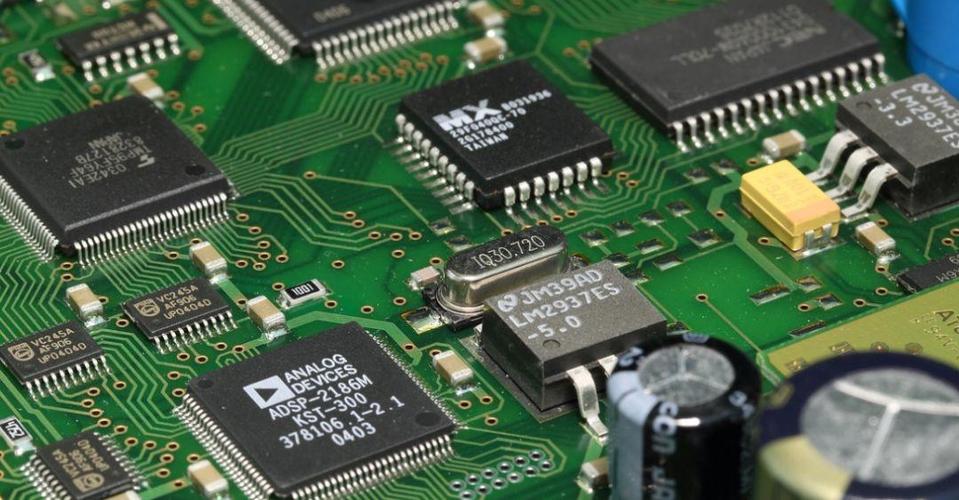Can the IBIS model of the device be used to simulate the logic function of the device? If not, how to perform board-level and system-level simulation of the circuit?
The IBIS model is a behavioral model and cannot be used for functional simulation. Functional simulation requires SPICE models or other structural level models.

2, why do you need to lay copper?
There are several reasons why copper is generally laid.
1., EMC. For large-area ground or power supply copper, it will play a shielding role, and some special grounds, such as PGND, play a protective role.
2., PCB process requirements. Generally, in order to ensure the electroplating effect, or the lamination is not deformed, copper is laid on the PCB layer with less wiring.
3., signal integrity requirements, to provide a complete return path for high-frequency digital signals, and reduce the wiring of the DC network. Of course, there are also reasons such as heat dissipation, special device installation requires copper and so on.
3. In a system, dsp and pld are included. What problems should be paid attention to when wiring?
Look at the ratio of your signal rate to the length of the wiring. If the time delay of the signal on the transmission line is comparable to the signal change edge time, signal integrity issues must be considered. In addition, for multiple DSPs, clocks, and data signal routing will also affect the signal quality and timing, which requires attention.
4. In addition to the Protel tool wiring, are there other good tools?
As for the tools, in addition to PROTEL, there are many wiring tools, such as WG2000, EN2000 series and powerpcb of MENTOR, allegro of Cadence, cadstar, cr5000 of Zuken, etc., each has its own strengths.
5. What is the "signal return path"?
Signal return path, namely return current. When high-speed digital signals are being transmitted, the signal flows from the driver to the load along the PCB transmission line, and then from the load back to the driver through the shortest path along the ground or power supply. This return signal on the ground or power supply is called the signal return path. Dr. Johson explained in his book that high-frequency signal transmission is actually a process of charging the dielectric capacitor sandwiched between the transmission line and the DC layer. SI analyzes the electromagnetic characteristics of the enclosure and the coupling between them.
6. How to perform SI analysis on connectors?
In the IBIS3.2 specification, there is a description of the connector model. The EBD model is generally used. If it is a special board, such as a backplane, a SPICE model is required. You can also use multi-board simulation software (HYPERLYNX or IS_multiboard). When building a multi-board system, enter the distribution parameters of the connectors, which are generally obtained from the connector manual. Of course, this method will not be accurate enough, but as long as it is within the acceptable range.
7. What are the termination methods?
terminal, also known as matching. Generally, it is divided into active end matching and terminal matching according to the matching position. The source terminal matching is generally resistance series matching, and the terminal matching is generally parallel matching. There are many ways, including resistance pull-up, resistance pull-down, Thevenin matching, AC matching, and Schottky diode matching.
8. What factors determine the way of termination (matching)?
The matching method is generally determined by the BUFFER characteristics, the topological situation, the level type and the judgment method, and the signal duty cycle, system power consumption, etc. should also be considered.
9. What are the rules for the termination (matching) method?
The above is an introduction to the ten questions of PCB design skills. Ipcb is also provided to PCB manufacturers and PCB manufacturing technology.